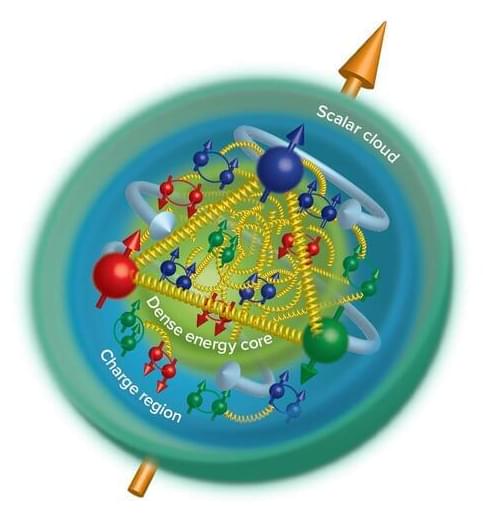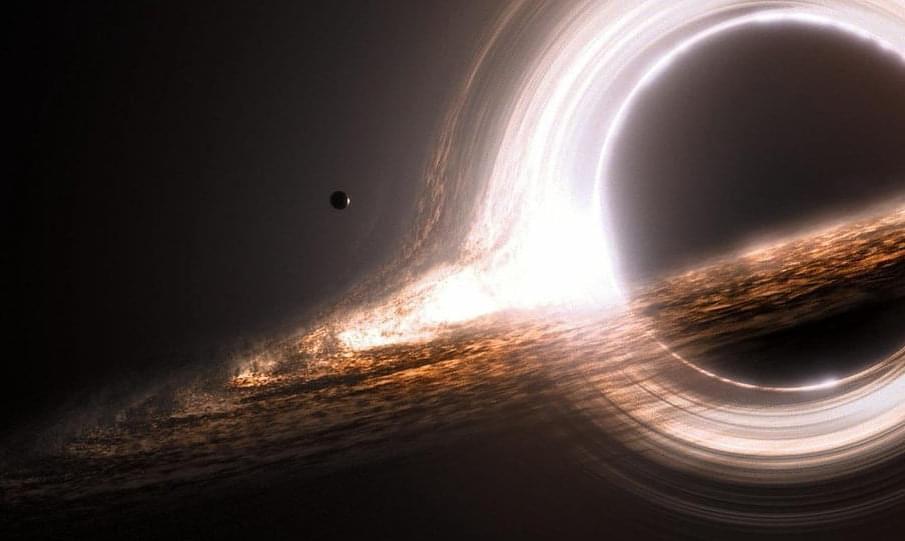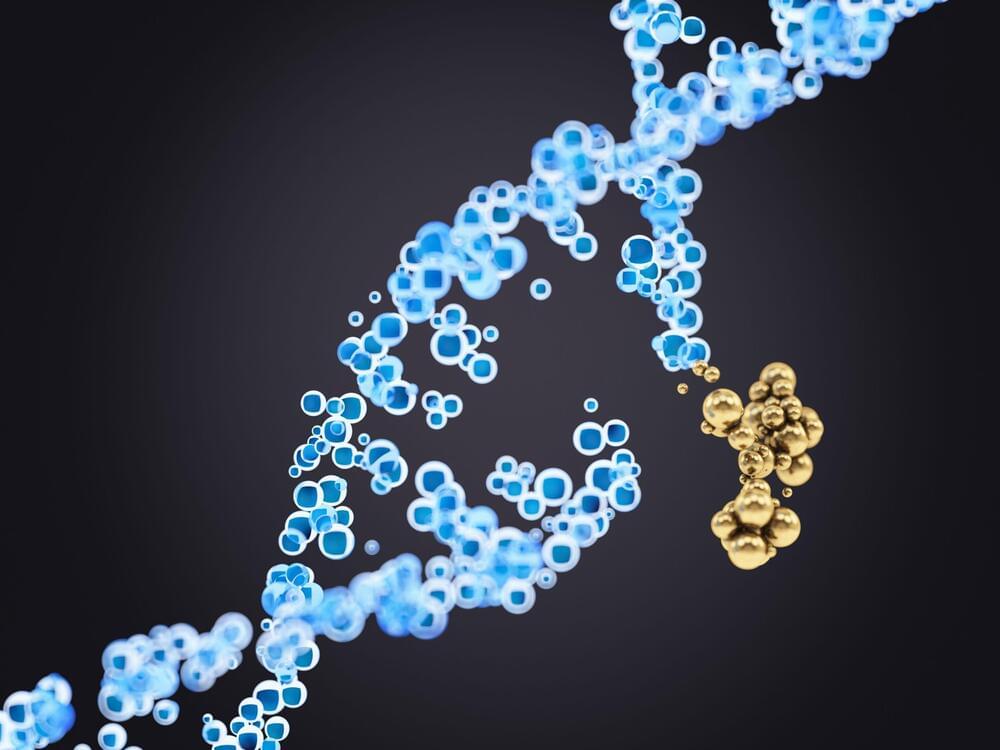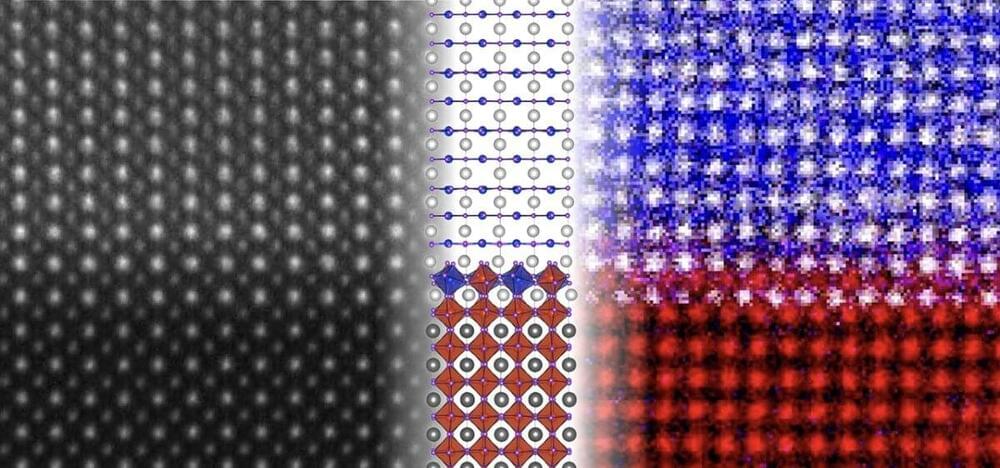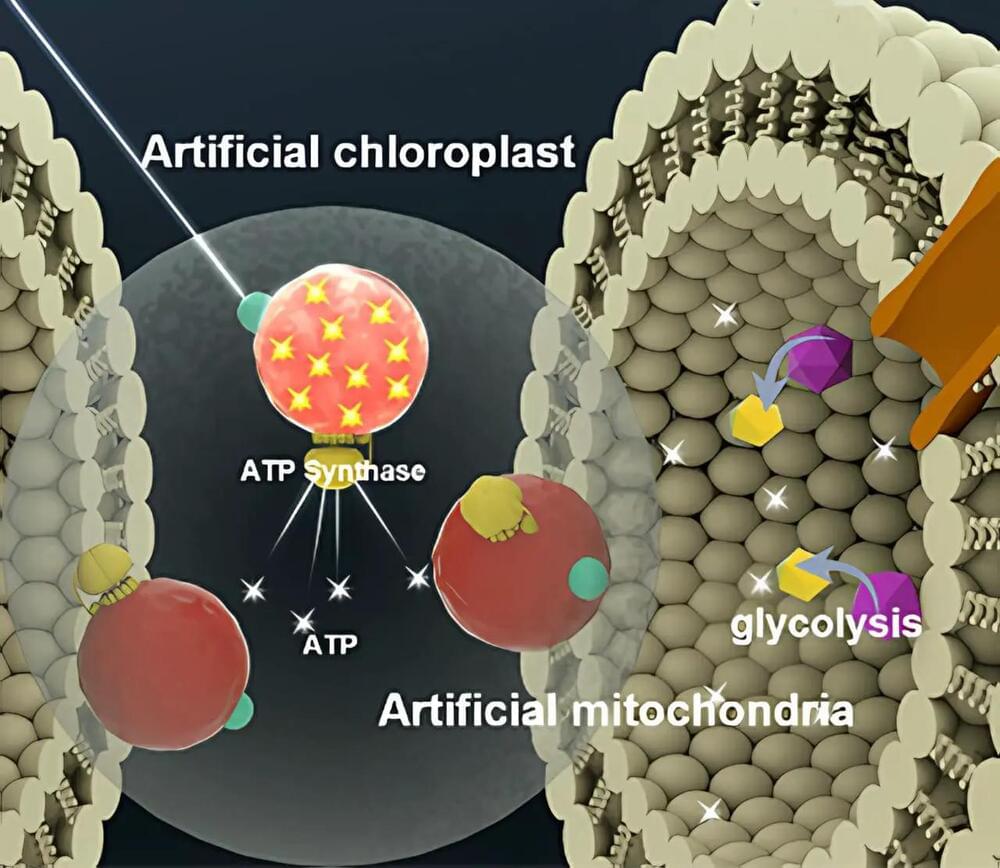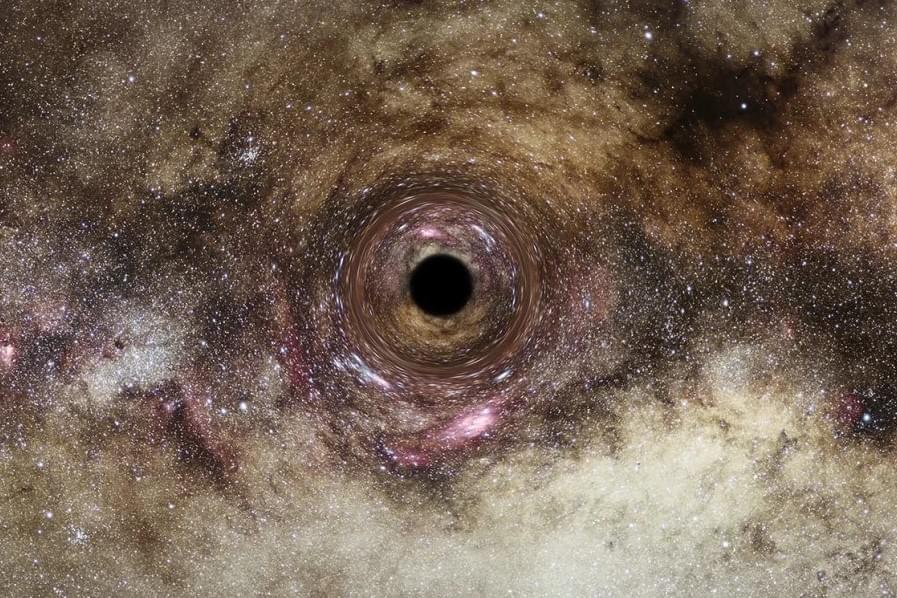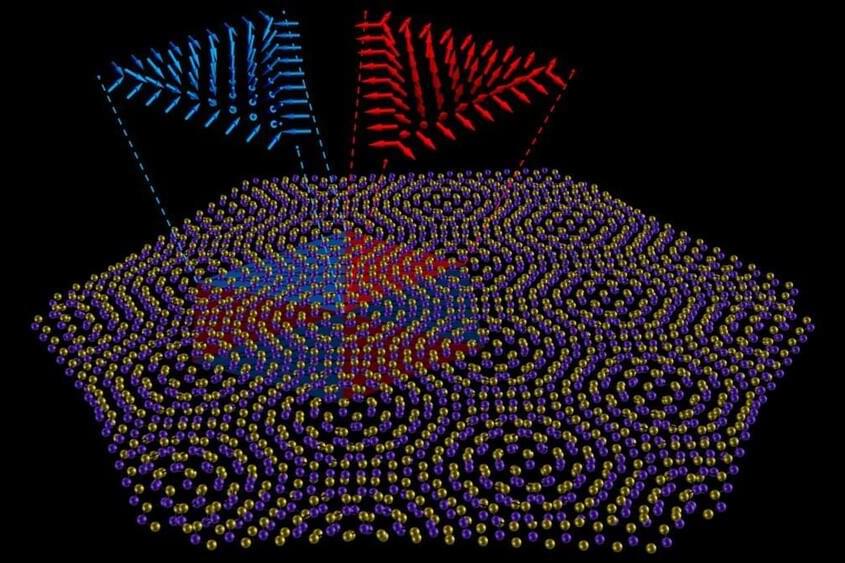Nuclear physicists may have finally pinpointed where in the proton a large fraction of its mass resides. A recent experiment carried out at the U.S. Department of Energy’s Thomas Jefferson National Accelerator Facility has revealed the radius of the proton’s mass that is generated by the strong force as it glues together the proton’s building block quarks. The result was recently published in Nature.
One of the biggest mysteries of the proton is the origin of its mass. It turns out that the proton’s measured mass doesn’t just come from its physical building blocks, its three so-called valence quarks.
“If you add up the Standard Model masses of the quarks in a proton, you only get a small fraction of the proton’s mass,” explained experiment co-spokesperson Sylvester Joosten, an experimental physicist at DOE’s Argonne National Laboratory.
